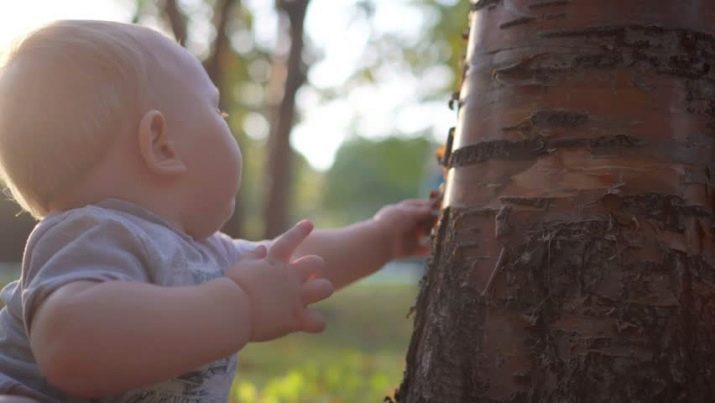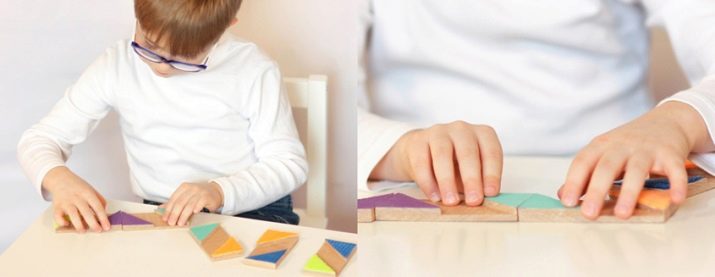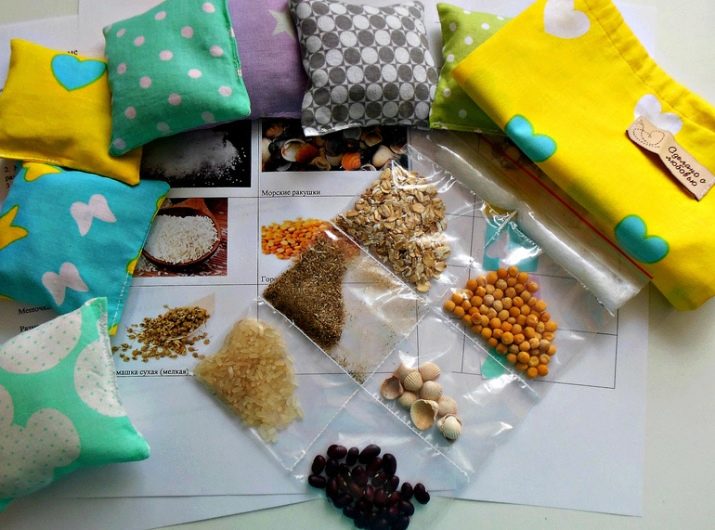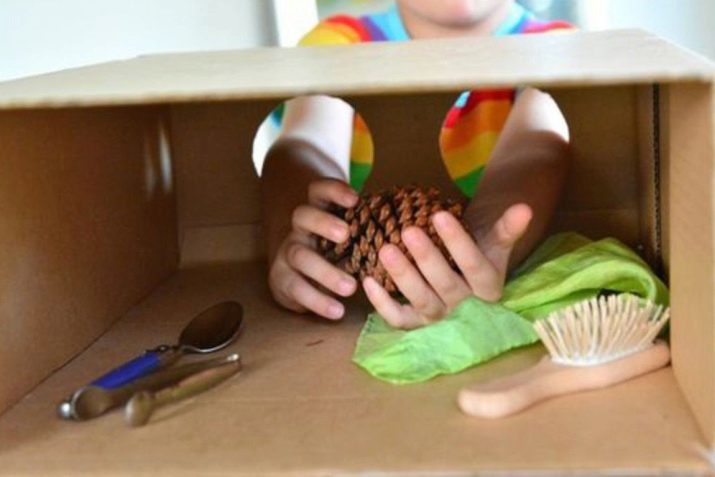Sometimes, to cheer yourself up, it’s enough to stroke your beloved cat, hold your hands by the fireplace or, conversely, cheer up by lowering your fingers in cold water. Tactile memory gives us this opportunity. Do not underestimate it, because this type of memory appears one of the first and remains throughout life.
What it is?
Tactile memory or body memory remains in a person after he is physically in contact with anything. It is also called tactile memory. It is well developed in everyone, because the first tactile memories we get in infancy - the warmth of my mother’s hands gives a sense of security, the first contact with a sharp needle activates the instinct of self-preservation, and the brain remembers that acute is a potential danger.
And if most of us do not even think about how it works, since tactile memory works “in the background,” then there are people for whom this type of memory is vital. First of all, we are talking about the blind or visually impaired. For them, tactile memory is an alternative to vision.
Such a memory is of great importance. For example, it helps a lot to those who quickly type text on the keyboard. Over time, they develop a brilliant tactile memory that allows them to perform these actions almost blindly. When driving a car, tactile memory often helps us, especially in unforeseen traffic situations. For athletes, this ability is a significant contribution to future Olympic victories.
But most importantly, it is, perhaps, in childhood. It is the kids who are attracted to everything that they see, and in this way they receive their first knowledge and ideas about the world.

If their tactile memory is well developed, then once touching a hot teapot, they no longer touch it. And having stumbled upon an acute angle, the next time they try to get around it. Psychology textbooks say that children with a good tactile memory learn better, they have a richer imagination and developed speech.
How it works?
Wise Chinese in the II century BC realized that the activity of the hands and fingers affects the functioning of the brain, moreover, it allows to achieve a psychological balance between the mind and the physical membrane. The Japanese found convincing evidence for this. It was in the Land of the Rising Sun that they found on the palms there are many active points, electrical pulses from which are quickly transmitted directly to the central nervous system.
Modern physiologists assure that the activity and sensitivity of the hands is directly related to how the central nervous system develops. For example, the famous psychiatrist Vladimir Mikhailovich Bekhterev noted in his writings that simple exercises with his hands help relieve mental fatigue and stress. As for children, according to the scientist, fine motor skills help to improve the pronunciation of many sounds and develop the speech apparatus. Another prominent scientist, the famous teacher Vasily Alexandrovich Sukhomlinsky wrote that "the mind of a child begins with the fingers."


So how does this kind of memorization work? The information that a person, including very small, receives sensibly, instantly enters the cortical region of the brain and begins to interact with other parts of it. Especially with the visual center, as well as the area that is responsible for muscle sensitivity. As a result, we get this type of memorization and can distinguish objects by touch.
Functions
Analyzing all of the above, it can be argued that an adult needs to develop tactile memory only in case of an emergency, for example, in case of sudden loss of vision. But it’s vital for the child to do this, and regularly.
Yes, and it develops in babies much better than in adults. In this regard, experts strongly recommend that they engage in the development of tactile memory. This should be done at least once a day. For this, special exercises are suitable.

Development methods
There are many ways to develop a tactile memory in a child. Let's consider only some examples.
Image transfer
This technique is suitable for children who already have drawing skills. It can be used both in group and in individual lessons. Invite the child to touch this or that object with his eyes closed, and then draw what he “remembered” with his own hands.
Identification
Such a game requires preliminary preparation of props, although you can buy it in a store if you wish, since there are plenty of outlets with educational toys. Various materials are glued onto small pieces of cardboard or planks: fabric, wool, plastic, and so on. The task of the child is to identify the material with his eyes closed. Another variation of identification exercises is that the child must guess what the subject is filled with. Offer him a choice of a ball, a plush toy, a wooden cube.
First, of course, explain why one object is tight to the touch and the other soft.

Sensation
For this game you need to bring some kids together. You can play it both in kindergarten and organize a training game as entertainment during children's parties. Participants are given cards on which the name of the subject and its description are written. For example, a wooden chair, an iron fence, a hot iron, and so on. The task of the child is to describe an object that has come across to him, without naming him directly, so that other children can guess him from the story.
There are other exercises, games and contests, you can think of them yourself. The main thing is to interest the child, and thus develop not only tactile memory, but also the ability to think.












